Europe’s eerie abandoned castles
Creepy keeps
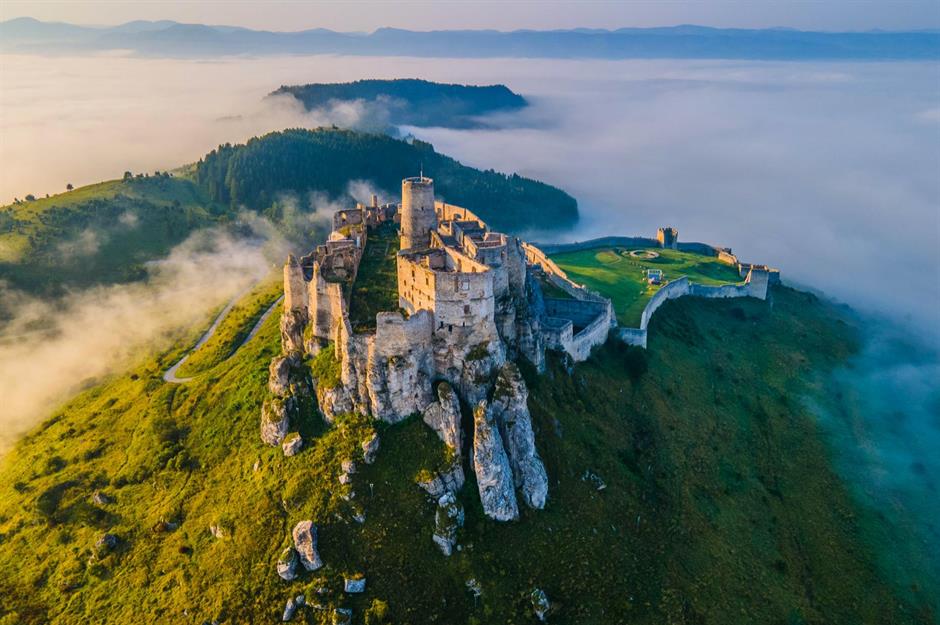
Kilchurn Castle, Scotland, UK
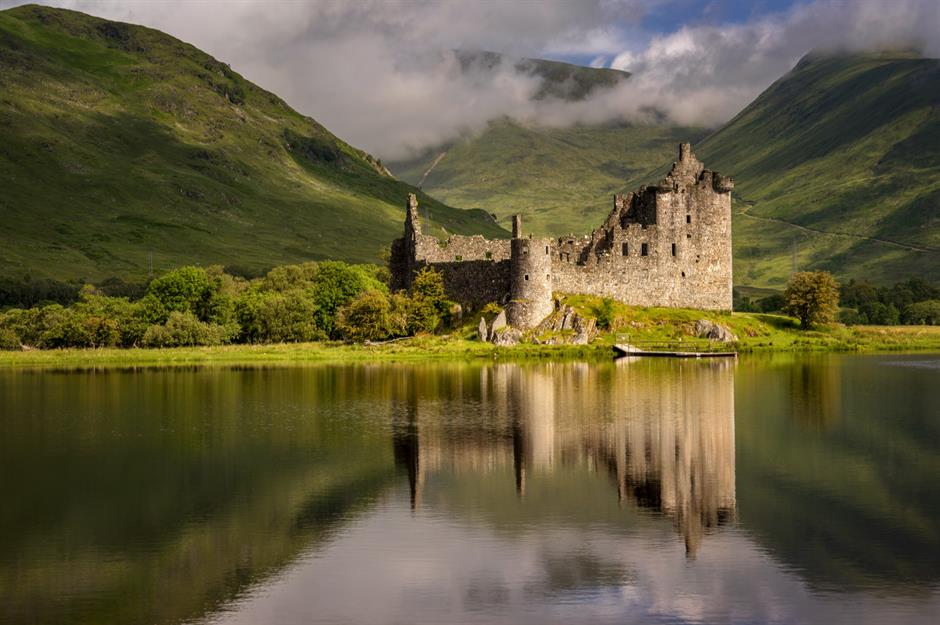
Kilchurn Castle, Scotland, UK
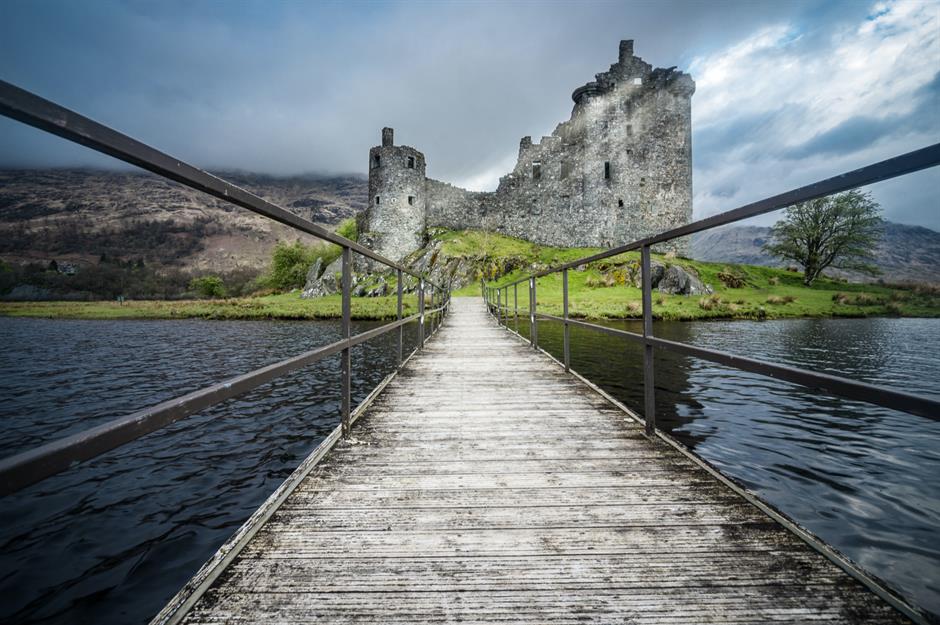
Ogrodzieniec Castle, Poland
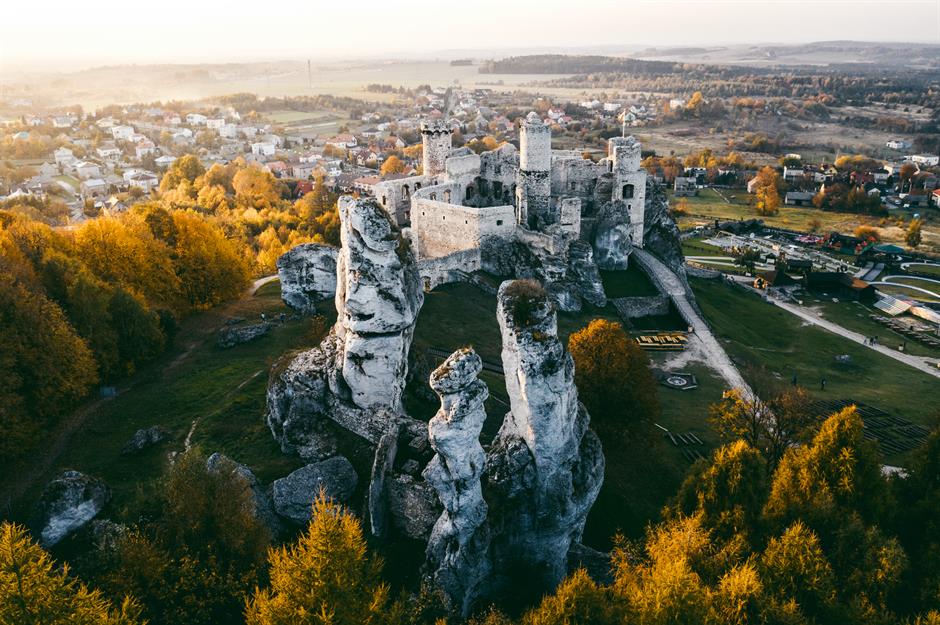
Ogrodzieniec Castle, Poland
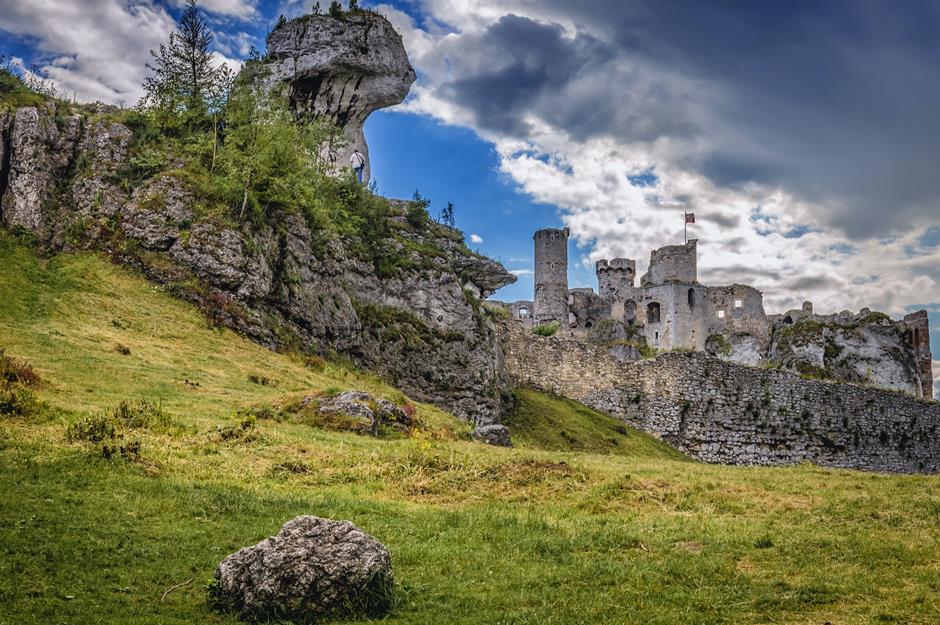
Enemy troops set the place on fire and the damage was such that it was never rebuilt. After the Second World War, Ogrodzieniec was taken over by the government and work started to preserve it. In 1973, the castle was opened to the public. The atmospheric remains of the medieval fortress, which includes two well-preserved crenelated towers, were used as a location for Netflix series The Witcher, based on books by the Polish writer Andrzej Sapkowski.
Want more? These are the world's most amazing abandoned places
Minard Castle, Republic of Ireland
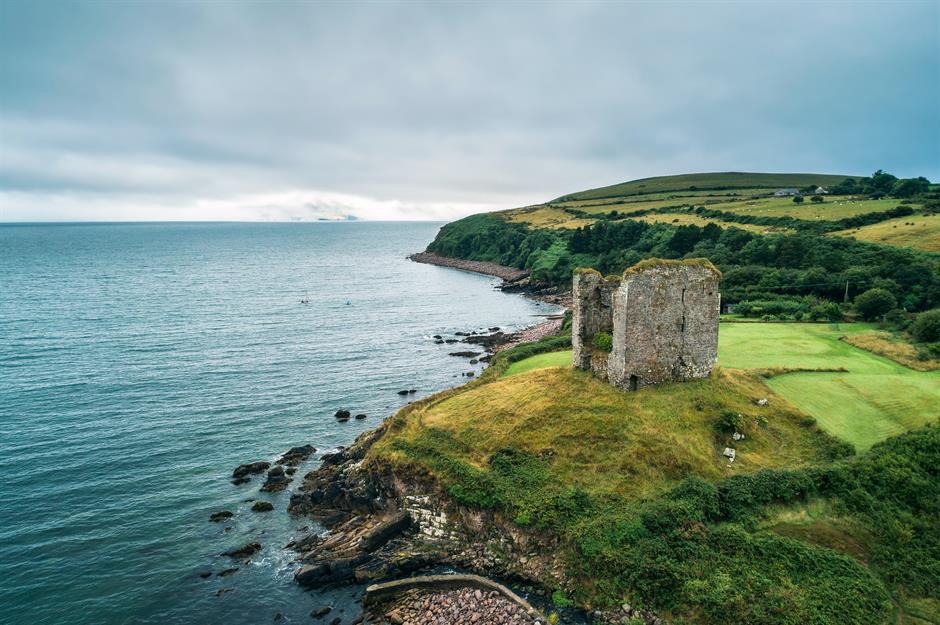
Minard Castle, Republic of Ireland
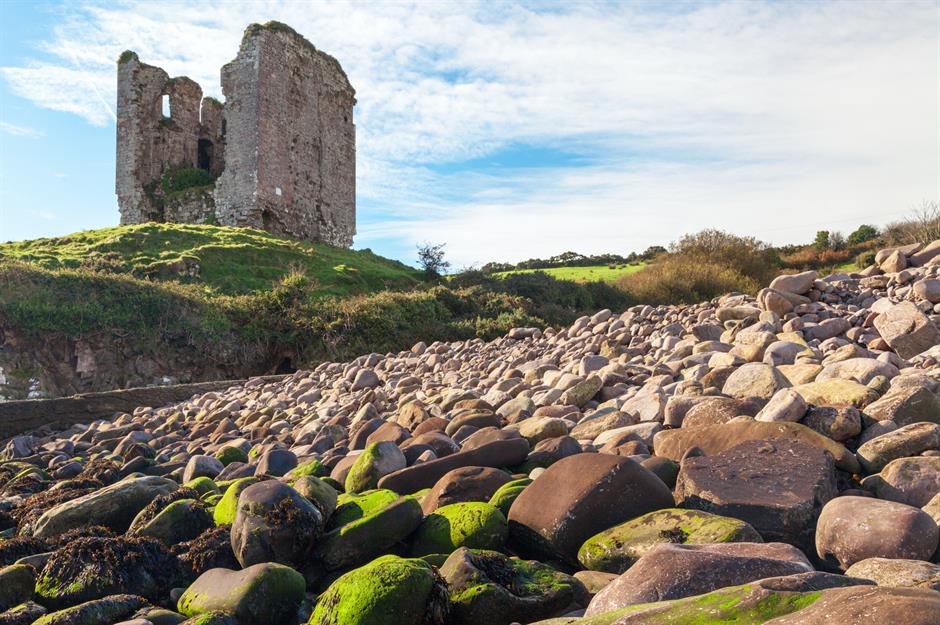
The powerful Knights of Kerry, as the Fitzgeralds were known, also built two other rectangular fortresses on the Dingle Peninsula: Rahinanne and Gallarus. They too were targeted in the attacks and remain in ruins. As well as the melancholy presence of Minard Castle, this part of the Dingle Peninsula, which stretches out into the North Atlantic Ocean, is famed for its bleakly beautiful natural storm beach. It's strewn with huge boulders of sandstone made smooth by the crashing waves.
Love this? Follow our Facebook page for more travel inspiration
Dolbadarn Castle, Wales, UK
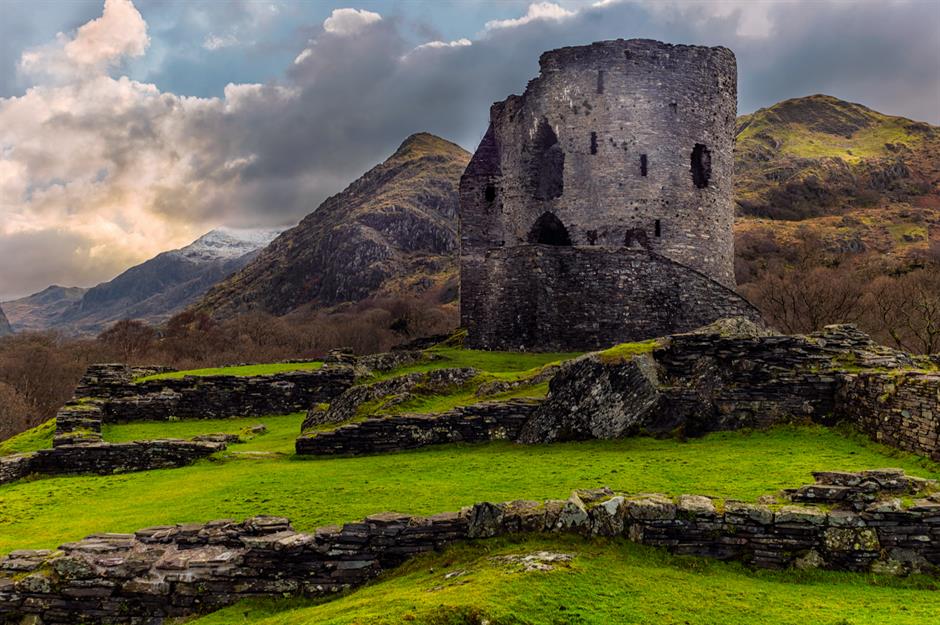
Dolbadarn Castle, Wales, UK
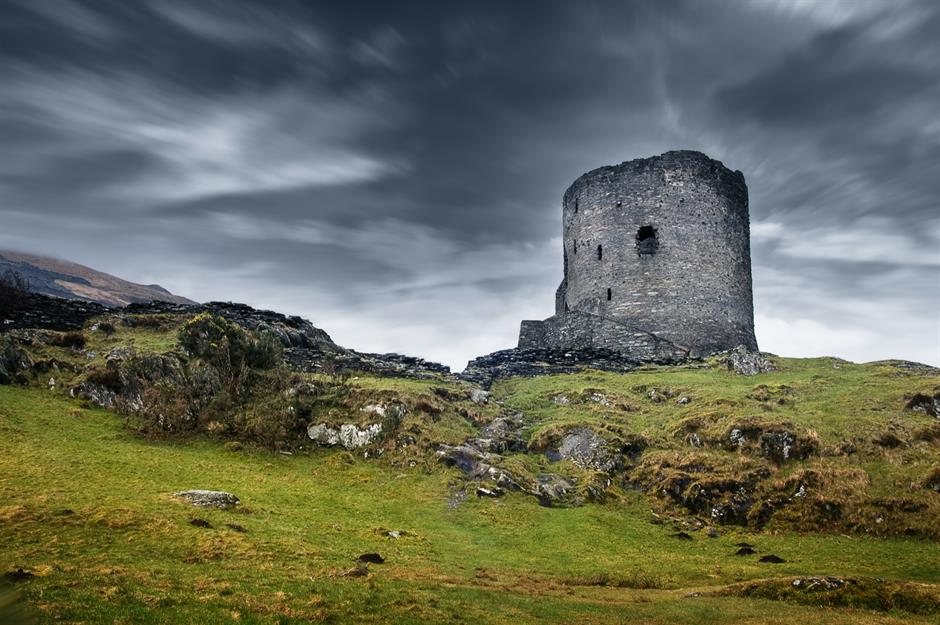
Heidelberg Castle, Germany
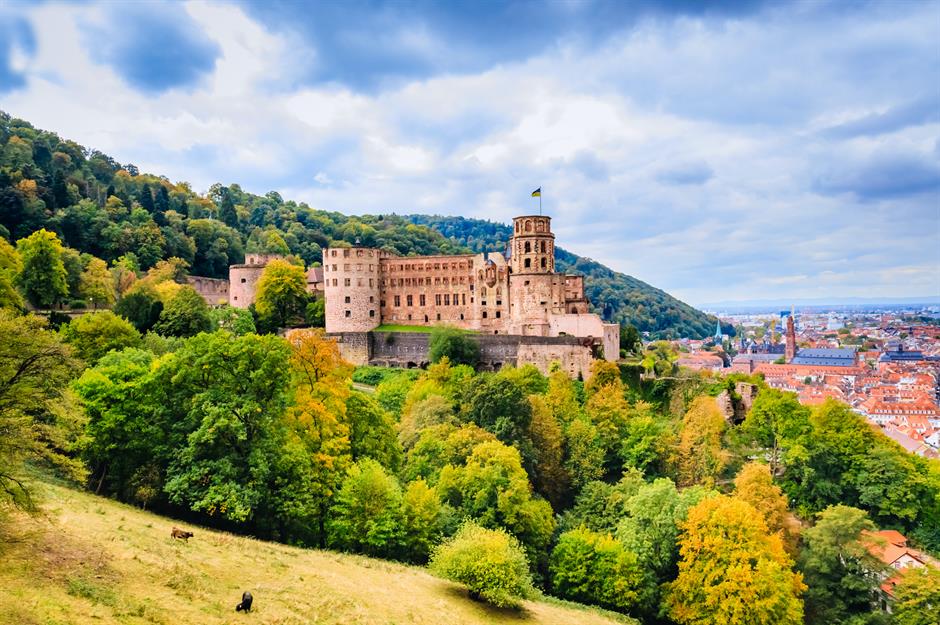
Heidelberg Castle, Germany
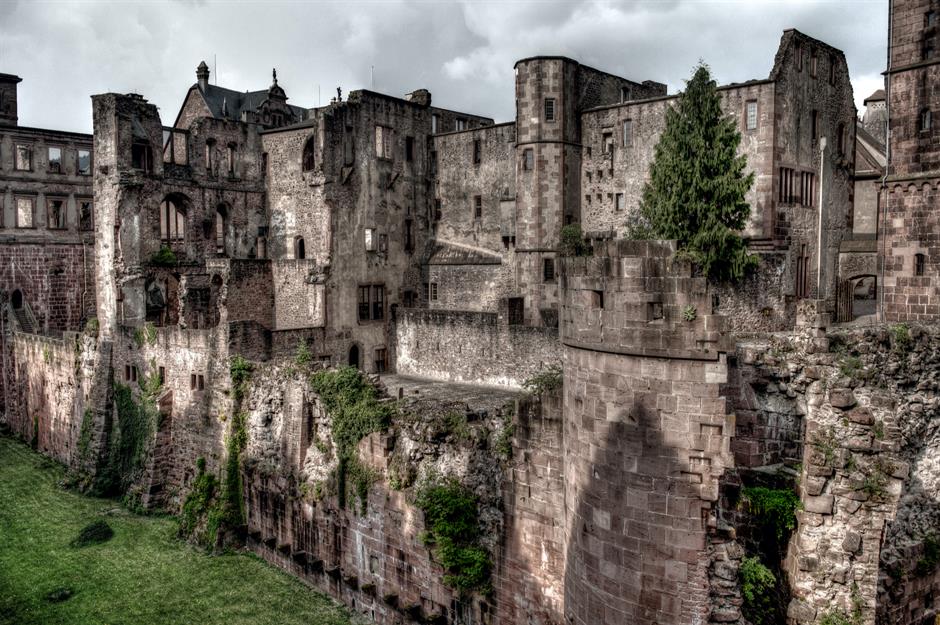
The palace was plundered and set ablaze by the French army in 1689 and struck by lightning twice, including one devastating strike in 1764 that was to signal its demise. It was abandoned and left to rot over 300 years ago. Despite this, the historic remains have long drawn tourists up to the rocky hilltop, high above the River Neckar, to revel in the gothic romance.
Corfe Castle, England, UK
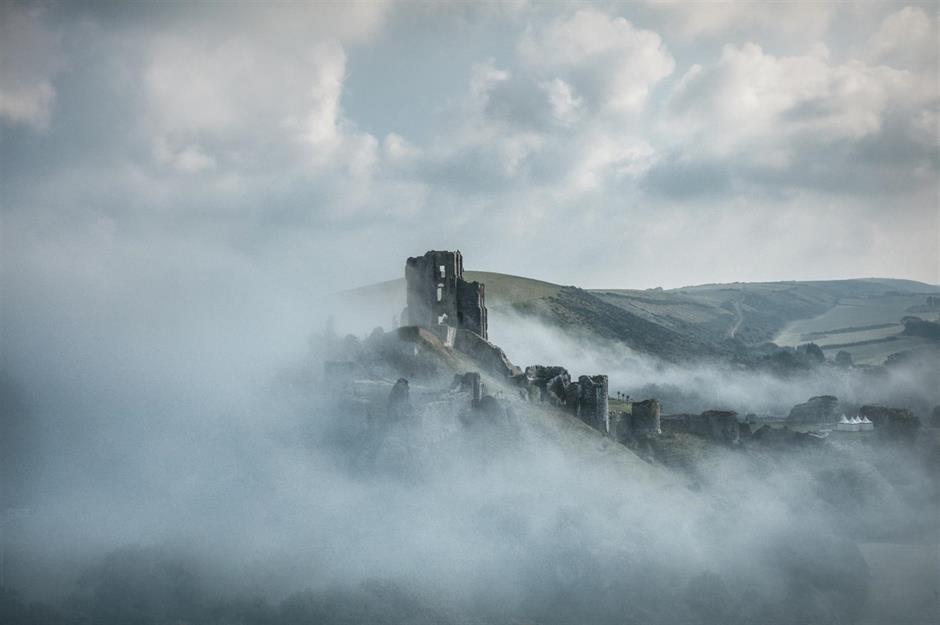
Rising out from Dorset’s rolling Purbeck Hills for over 1,000 years, the rambling ruins of Corfe Castle are a truly captivating sight. Starting life as a Saxon stronghold, the first stone castle was built here for King Henry I, William the Conqueror’s son, in the early 12th century. Its mighty keep was hewn from Purbeck limestone and visible for miles around. Both King John and Henry III spent time at Corfe, which eventually became a private residence in the Elizabethan era, when Elizabeth I sold it on. It was subsequently purchased by the wealthy Bankes family.
Corfe Castle, England, UK
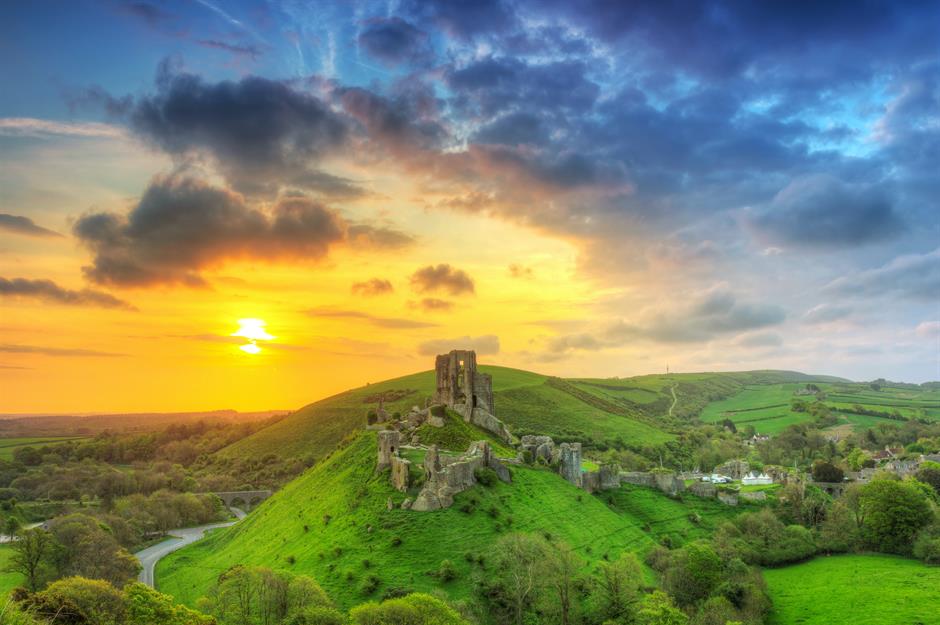
The stronghold met its fate in the 17th century, when the Bankes family (supporters of King Charles I) came under siege from Oliver Cromwell’s forces. Lady Mary Bankes defended her castle heroically, but was ultimately betrayed by one of her own soldiers and parliamentarian forces later blew the structure up with gunpowder. The property was ultimately returned to the Bankes family when Charles II was restored to the throne. Although it was never rebuilt, Corfe stayed in the family until 1982, when it was gifted to the National Trust.
Old Wardour Castle, England, UK
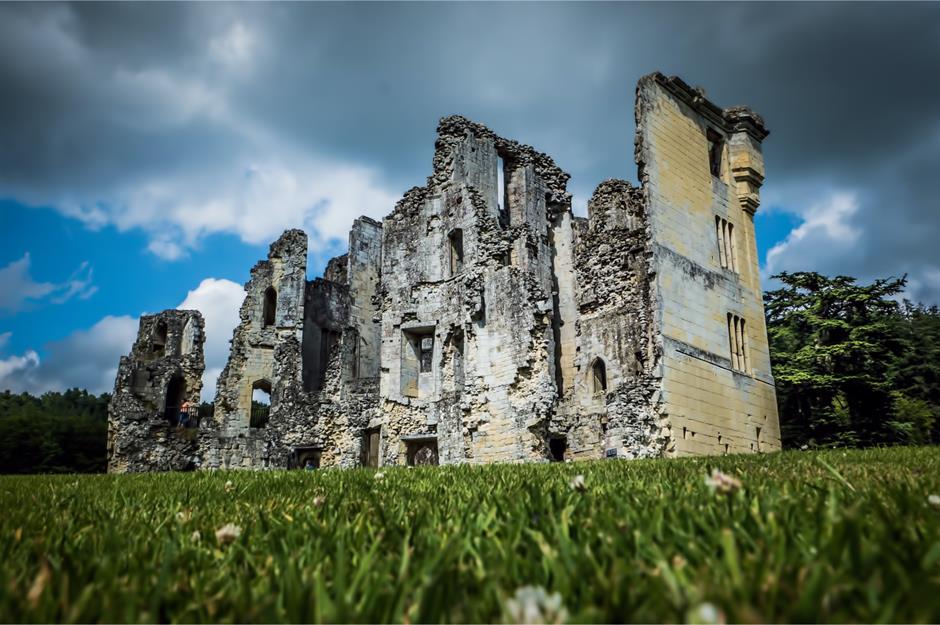
Old Wardour Castle, England, UK
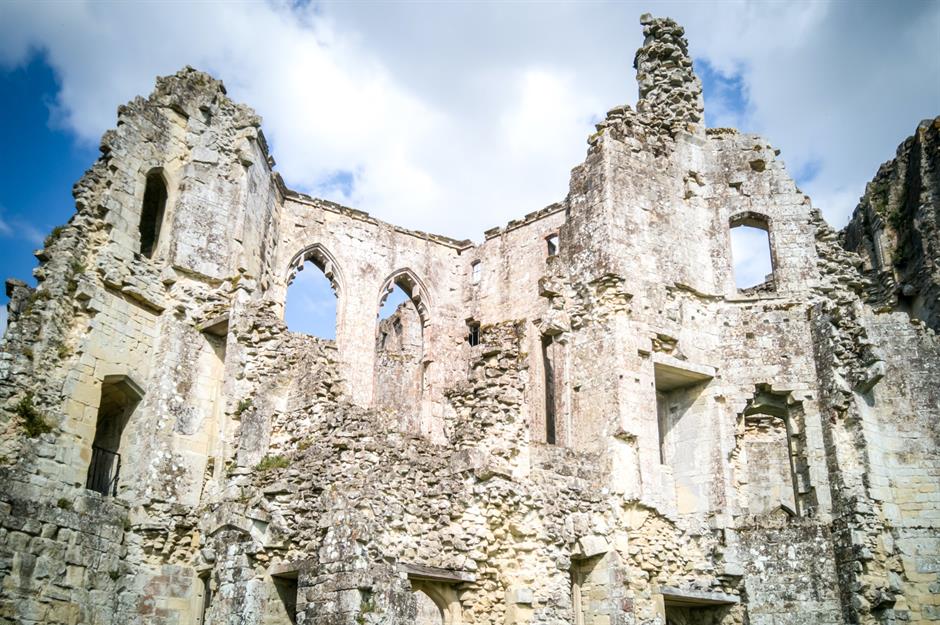
The castle weathered two sieges during the 17th-century Civil War, suffering major damage before ultimately being left to decay when the Arundells built New Wardour Castle nearby. Unsurprisingly the romantic creeper-clad ruins, which are maintained by English Heritage, have caught the eye of filmmakers – it was used as a location in Robin Hood, Prince of Thieves – and wedding planners.
Chateau La Mothe-Chandeniers, France
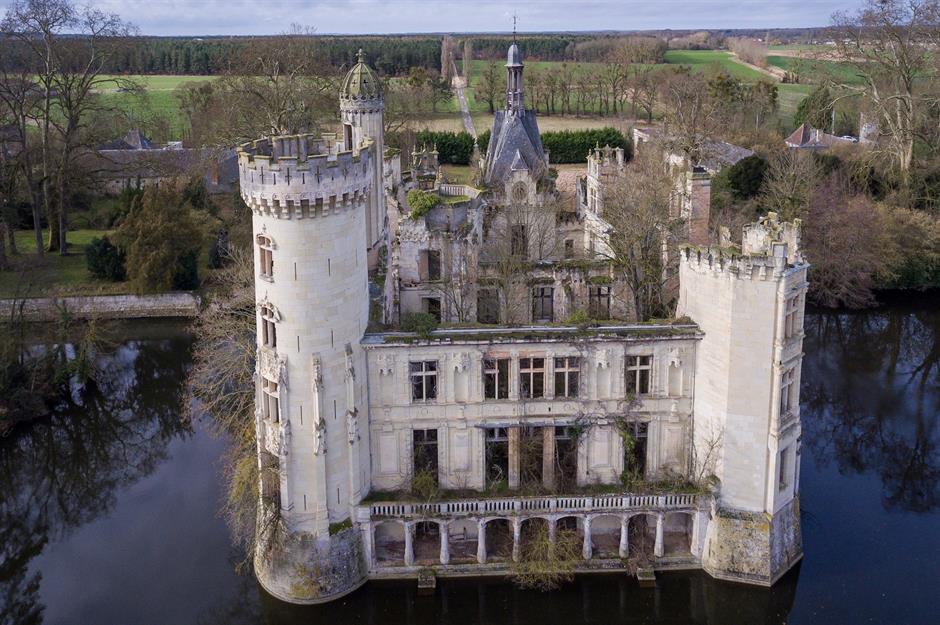
Chateau La Mothe-Chandeniers, France
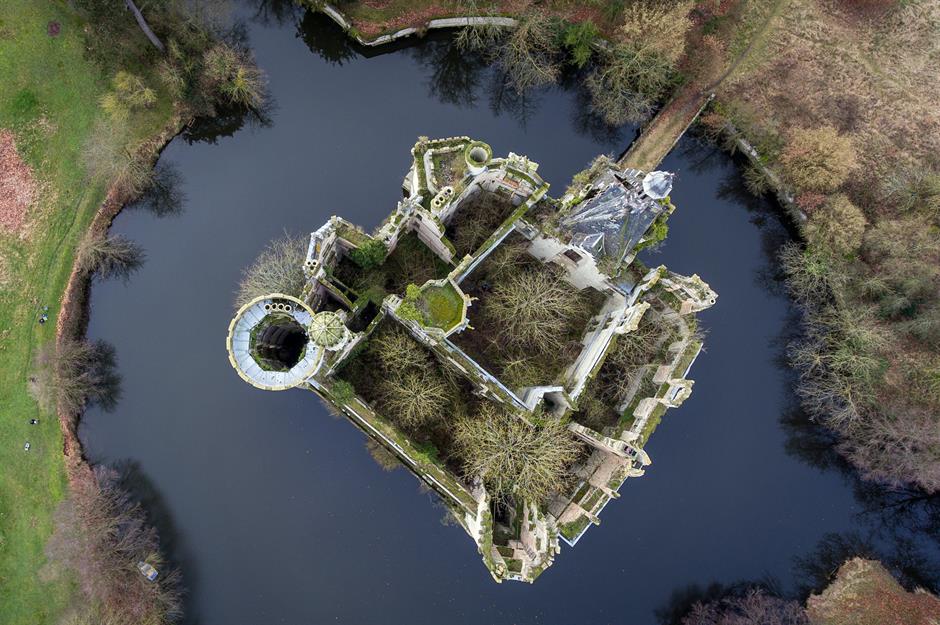
La Mothe-Chandeniers has a turbulent history – it was seized several times by the English during the Hundred Years War in the Middle Ages and later plundered during the French Revolution. It was restored in the 18th century and again in the 19th century when it became a splendid Neo-Gothic pile. Sadly, when central heating was installed in 1932, a ferocious fire devastated it once again, after which it fell back into ruin. A crowdfunding campaign in 2017 urging people to "adopt a castle" gave the sleeping beauty a much-deserved happy ending.
Montearagón Castle, Spain
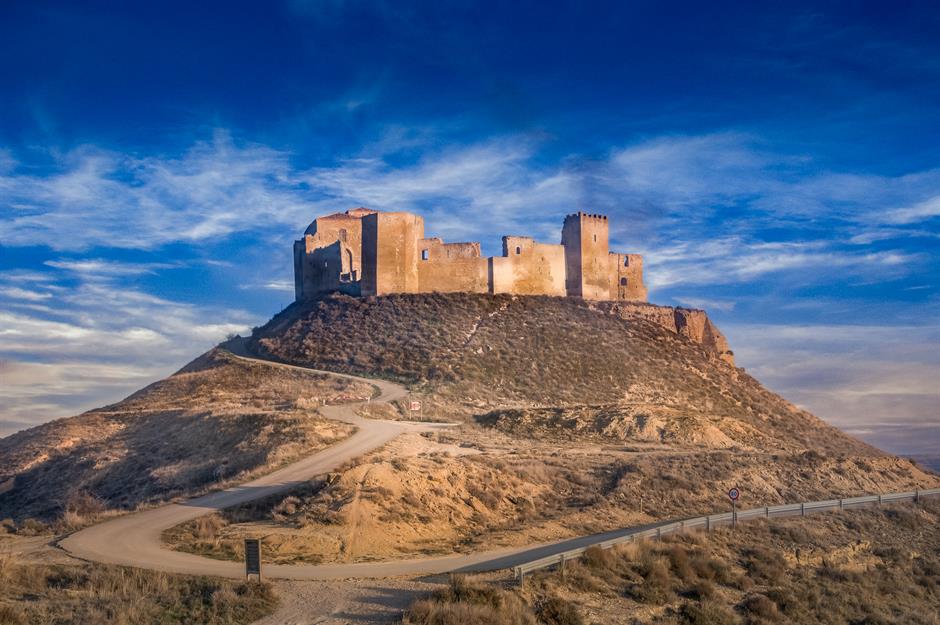
Montearagon castle, Aragon, Spain
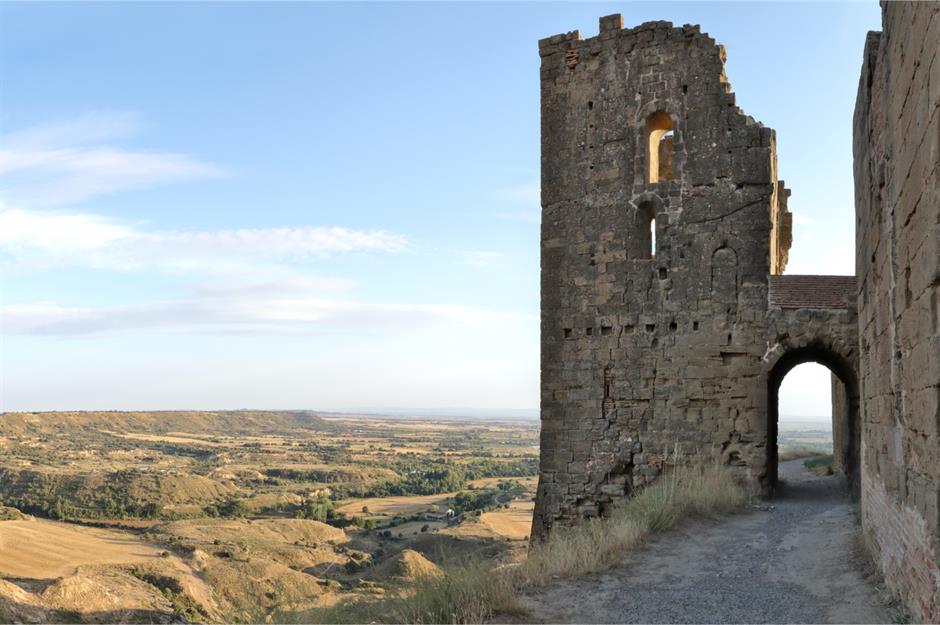
The fortress was later adapted and given over to Augustine monks who lived here for seven centuries. In the 19th century, the castle-abbey was used to store gunpowder and sadly partly destroyed by an accidental explosion. It has laid in ruins ever since. With its crumbling walls and vacant chapel and bell tower, the castle casts a ghostly shadow over the arid landscape.
Check out more stunning images of the world's abandoned castles
Dunnottar Castle, Scotland, UK
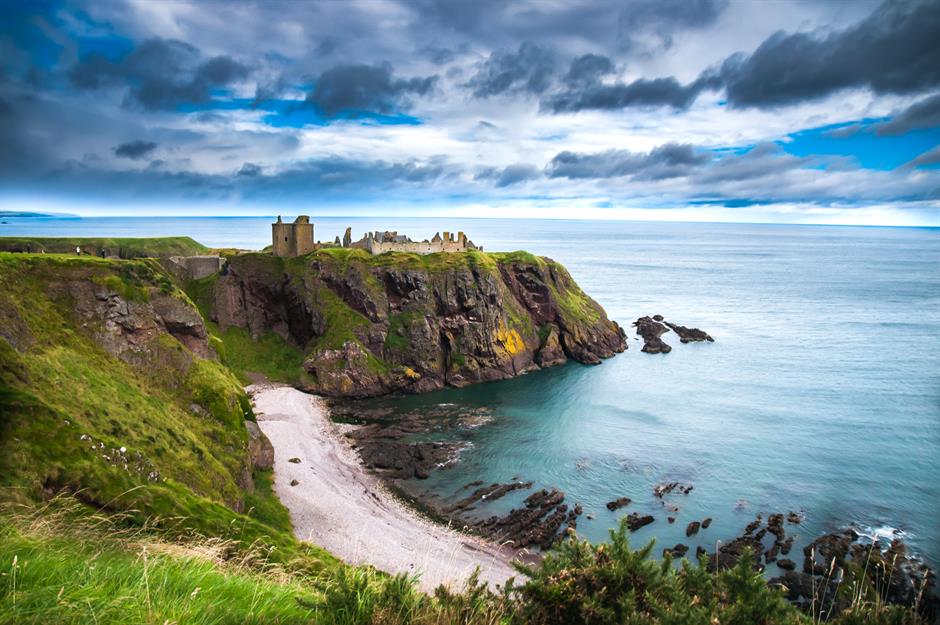
Huddled on top of steep red-stone cliffs with the North Sea pounding below, Dunnottar Castle cuts a haunting figure. Especially when its tumbledown remains are swathed in sea mist. To say its past has been tumultuous is something of an understatement: Dunnottar was under siege from its earliest beginnings and witnessed some seminal moments in Scottish history. Originally the site of a 5th-century chapel and Pictish fortress, it was razed to the ground by Vikings in the 9th century and King Donald II was murdered here. It was also the site of numerous violent battles between the Scottish and English.
Dunnottar Castle, Scotland, UK
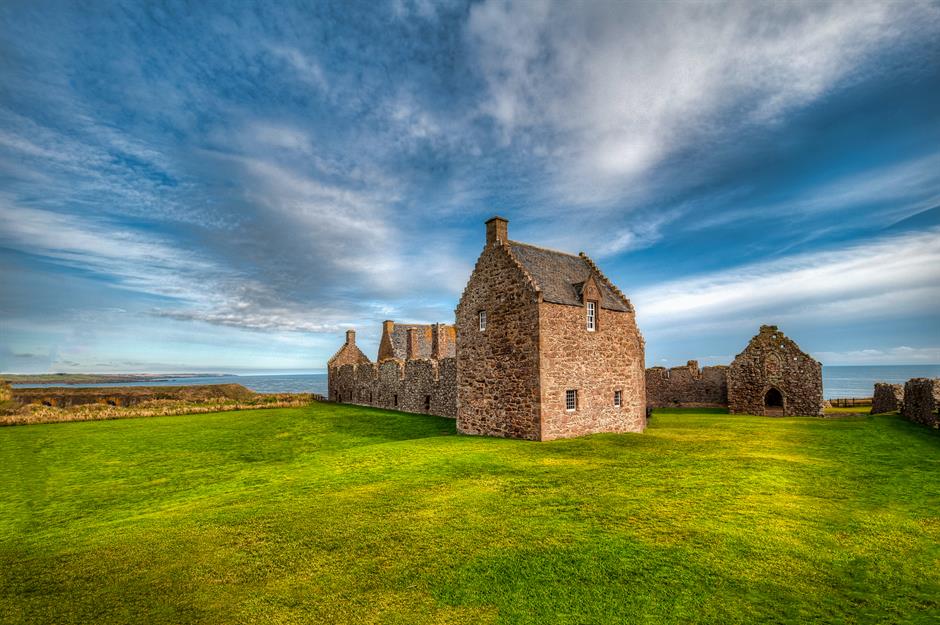
William Wallace attacked in 1297, burning the castle's church, where the English garrison were holed up, and destroying the landmark. The present stone structure dates from the 14th century, when Dunnottar was home to the Keiths, one of the most powerful families in Scotland. With such a remote and treacherous location, it’s little wonder it was also chosen as a safe place to stash Scotland’s crown jewels during the English Civil War. Oliver Cromwell laid siege to the castle in the 1650s for eight months. Irreparably damaged and left to decay, the ruined castle was bought in 1925 and preserved for future generations.
Cesargrad Castle, Croatia
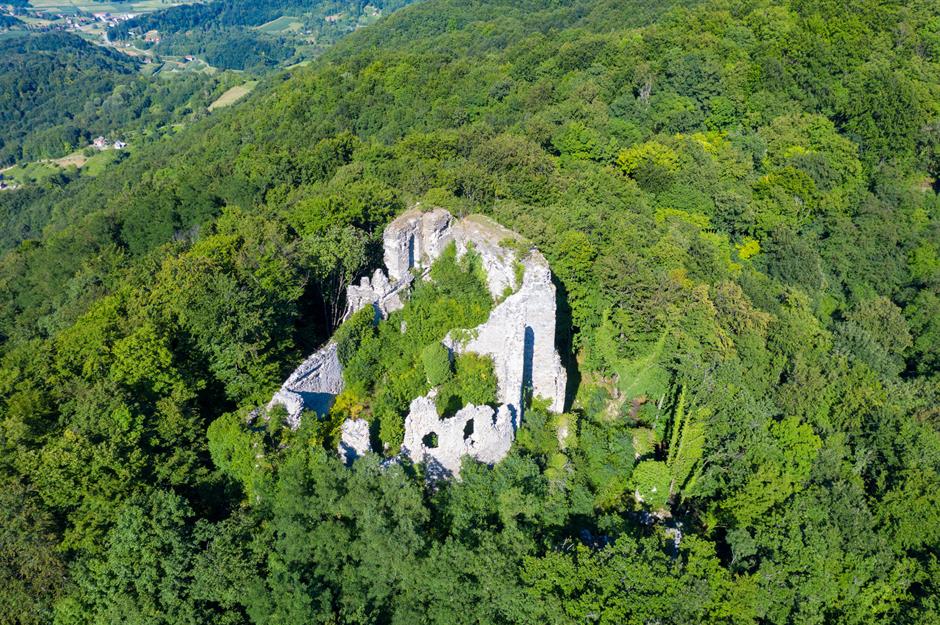
Straight from the pages of Sleeping Beauty, this creepy tree-clad ruin was likely abandoned in the mid-17th century, and it has since become almost entombed in vegetation. With origins possibly dating back to the Knights of Templars, the earliest mention of the ancient stone fortress is in 1399, when Cesargrad was given to Count Herman of Celje by King Sigismund.
Cesargrad Castle, Croatia
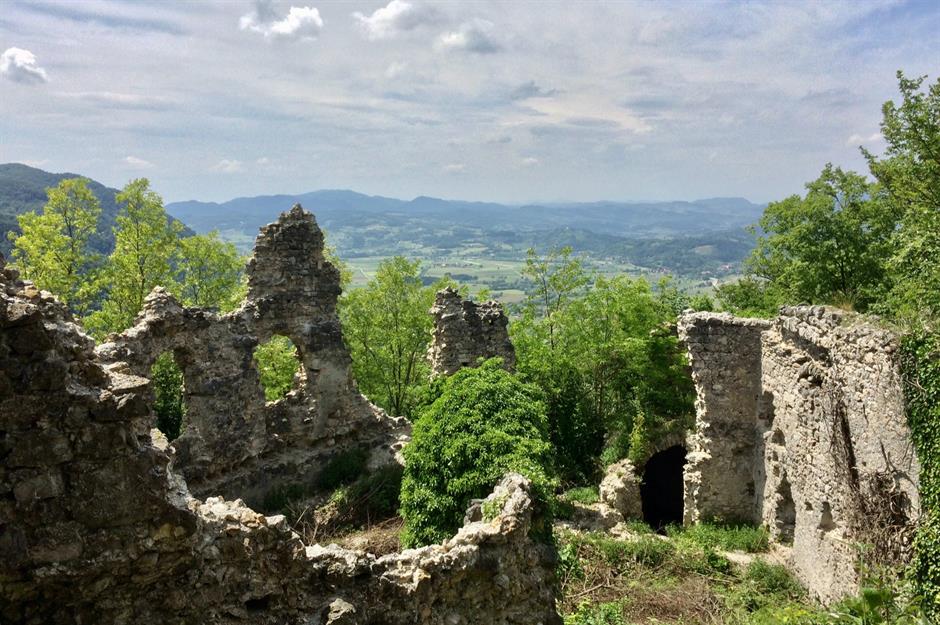
Under the ownership of the powerful counts of Celje, the castle was rebuilt and enlarged numerous times. It was badly damaged and seized in 1573, during the region’s Great Peasant Revolt, although subsequently repaired. However, it was eventually left to be reclaimed by nature after its owners built a new stronghold. The ruins are near the border of Croatia and Slovenia and sit above the Sutla River.
Dürnstein Castle, Austria
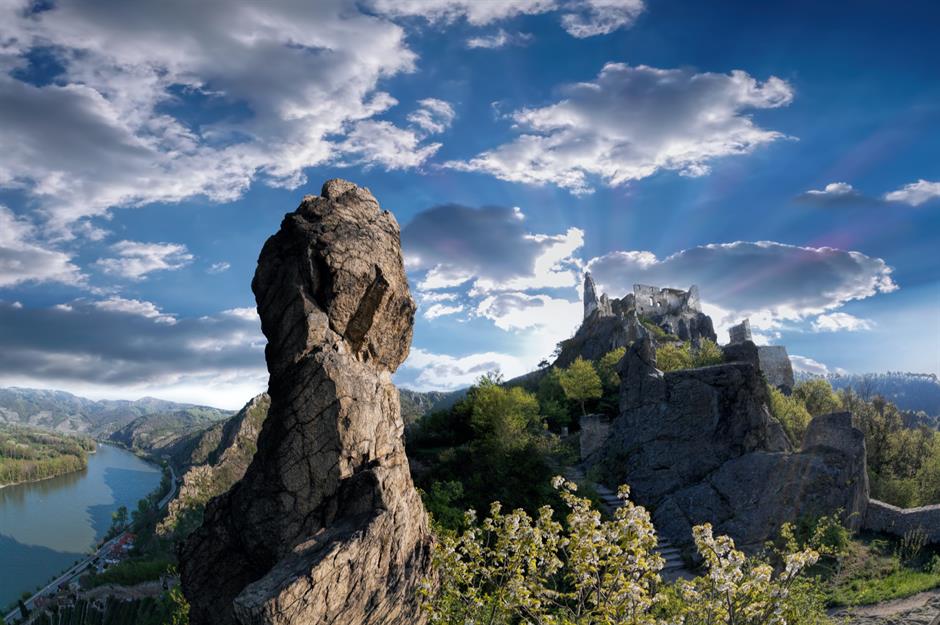
Dürnstein Castle, Austria
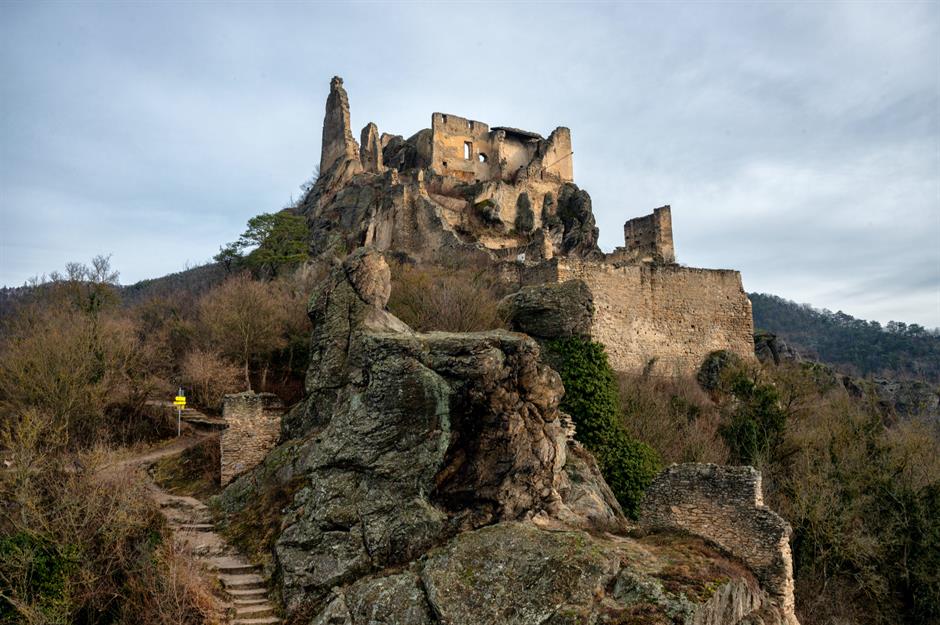
Rocca Calascio, Italy
Rocca Calascio, Italy
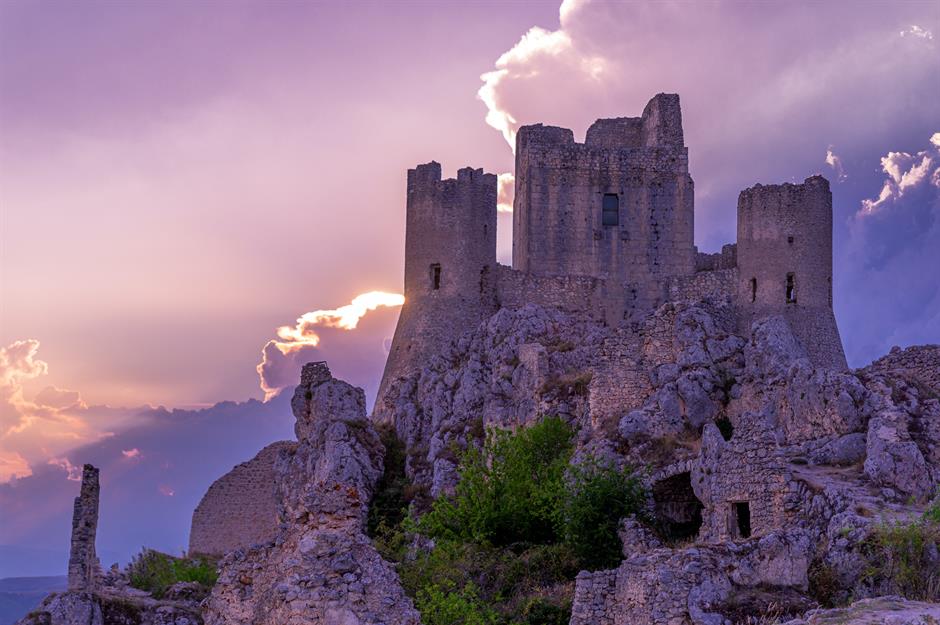
Pidhirtsi Castle, Ukraine
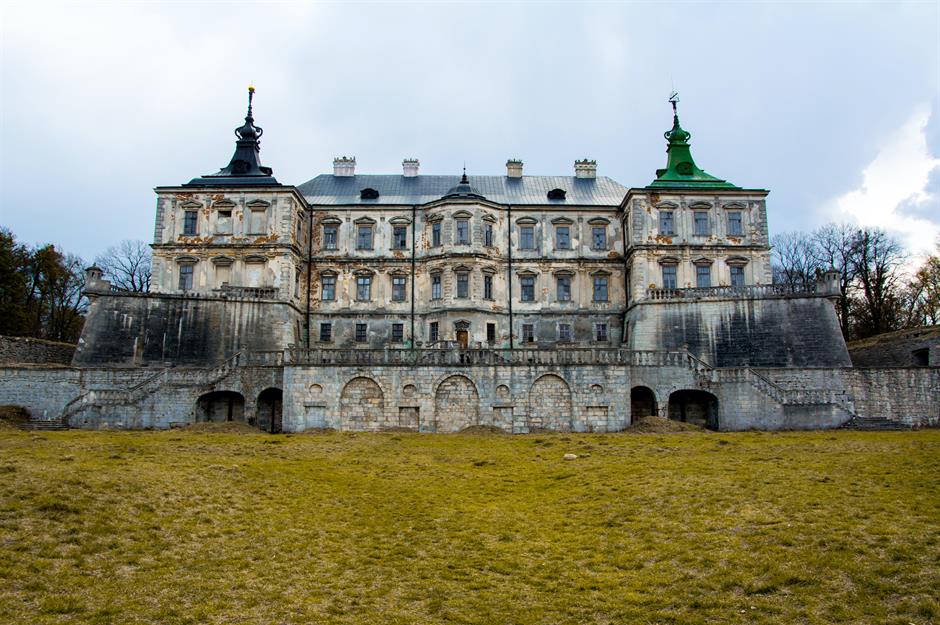
Pidhirtsi Castle, Ukraine
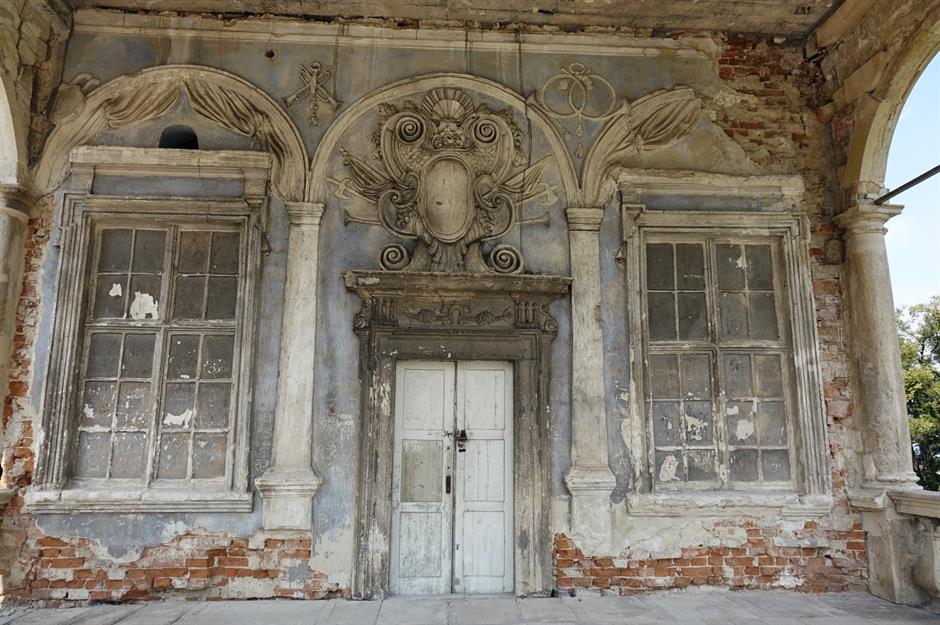
Pidhirtsi remained in the hands of Polish military leaders into the 18th century. But it was captured and looted by the Russians during the First World War and further vandalised during the later Polish-Soviet War. Previously part of Poland, the region was annexed to Ukraine after the Second World War and the castle was used as tuberculosis sanatorium. That was until a voracious fire ripped through the once splendid residence in 1956, and it was abandoned. Pidhirtsi's haunting remains, which are said to be riddled with ghosts, are now part of the Lviv National Art Gallery.
Spiš Castle, Slovakia
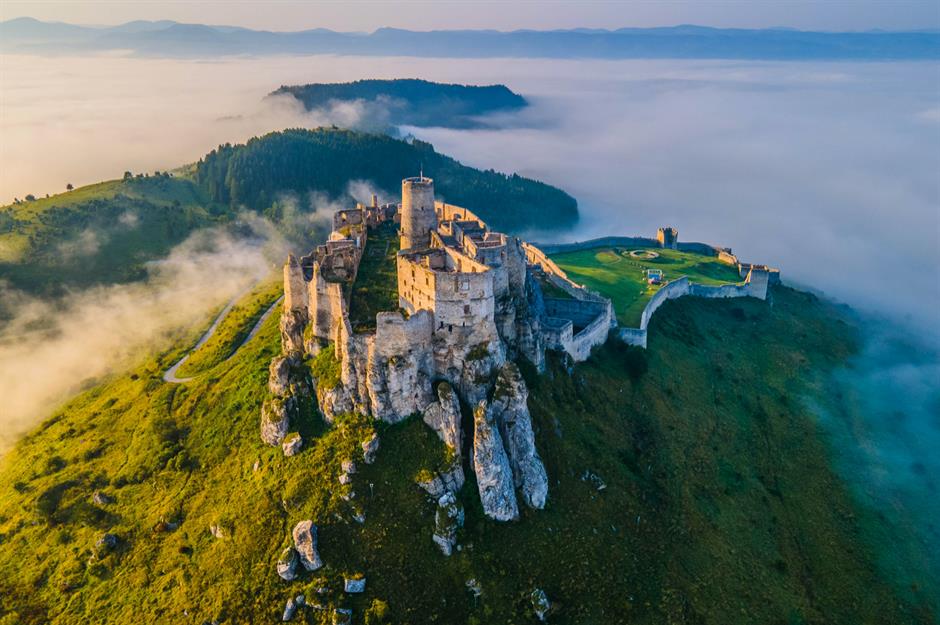
Spiš Castle, Slovakia
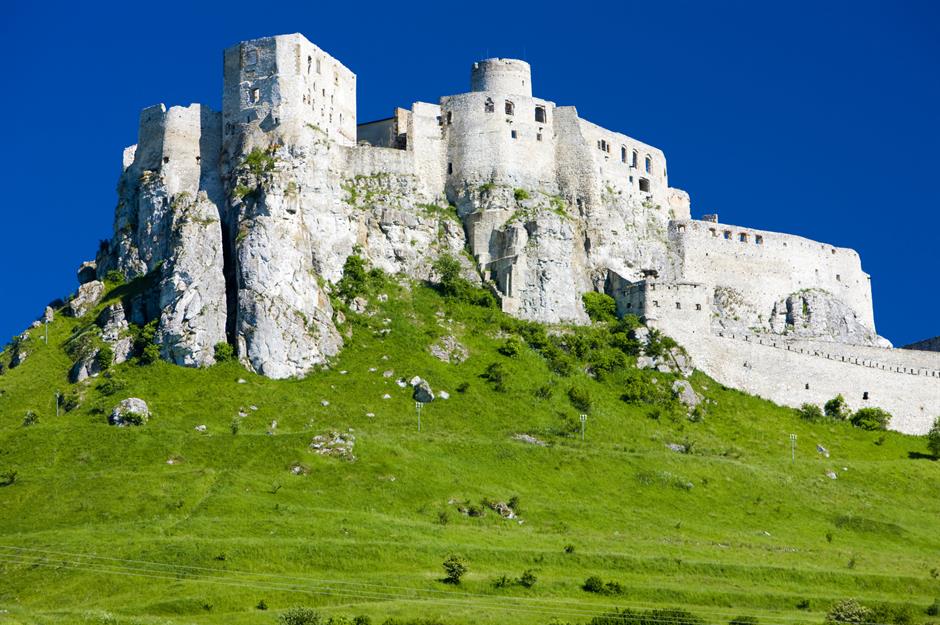
Spiš Castle was further fortified in the 1400s and parts rebuilt in the Gothic style, with the tower reinforced and elongated. It was here that John Zápolya, the last king of Hungary before the Habsburgs took over, was born. Sadly, in 1780, the vast castle was destroyed by fire and fell into ruin. It was named a UNESCO World Heritage site in the 1990s and has become an atmospheric location for films, as well as a major tourism site.
Comments
Be the first to comment
Do you want to comment on this article? You need to be signed in for this feature